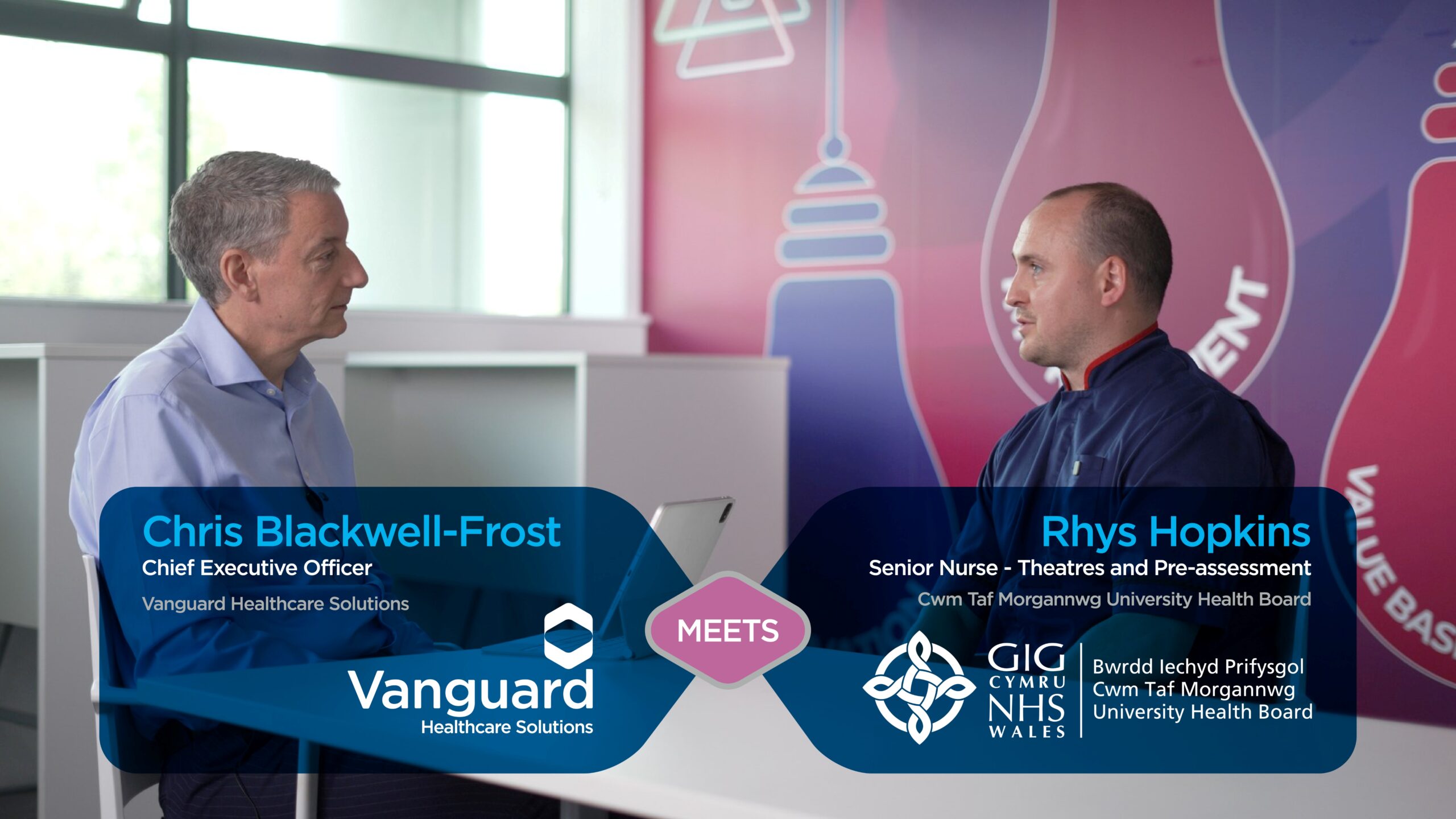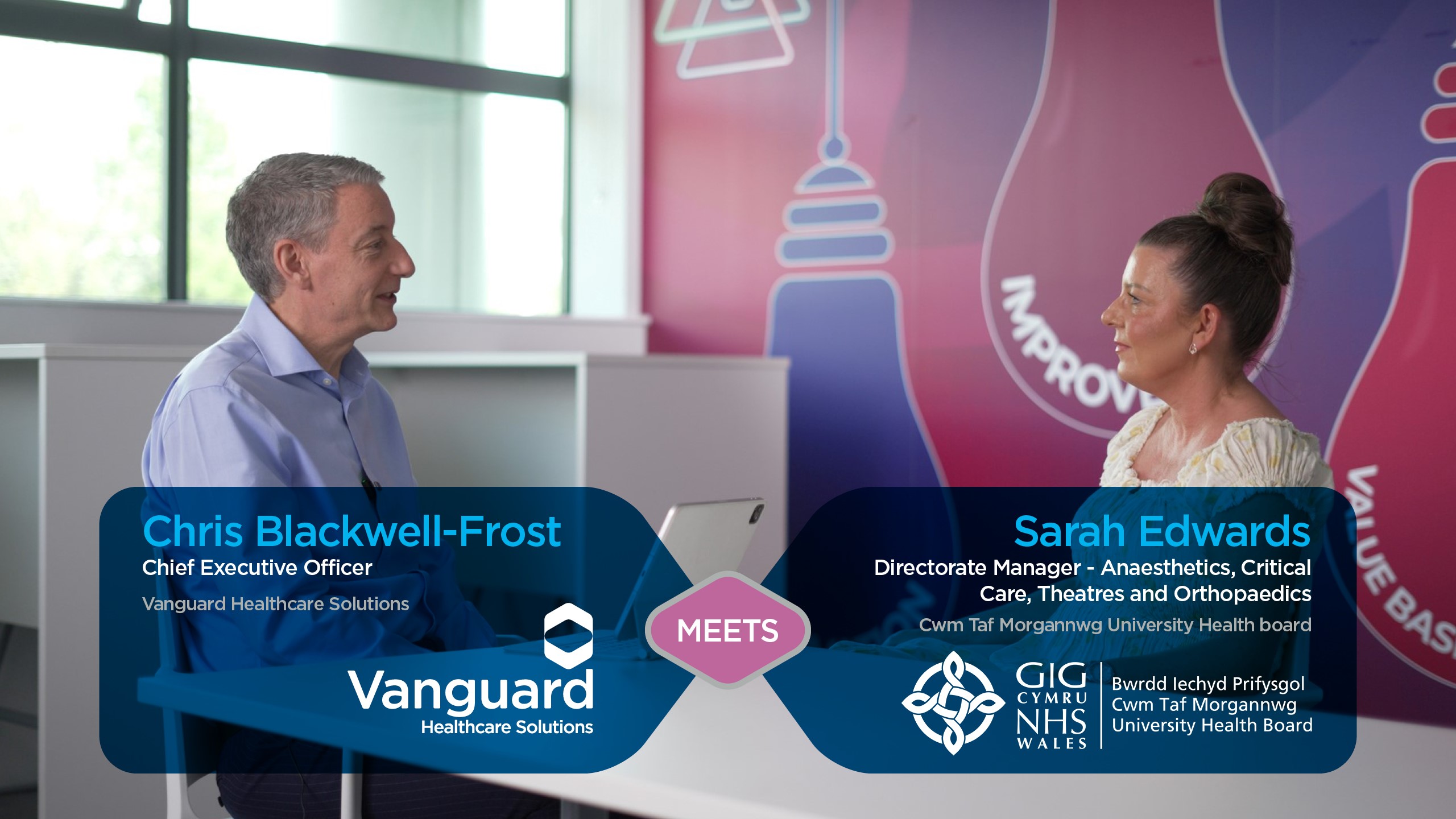Wygląda na to, że jesteś w Stanach Zjednoczonych
Mamy inną witrynę (www.q-bital.com), która lepiej pasuje do Twojej lokalizacji
W nowym raporcie, opublikowanym przez NHS England nieco ponad tydzień temu, podkreślono potrzebę reformy działalności diagnostycznej i wprowadzenia nowego modelu usług, który zapewni bezpieczne, zorientowane na pacjenta ścieżki leczenia i zwiększy produktywność.
The ważny raport był wynikiem przeglądu usług diagnostycznych zleconego przez dyrektora generalnego NHS, Sir Simona Stevensa, w ramachDługoterminowy plan NHSSugeruje sposoby radykalnej przebudowy sposobu świadczenia usług MRI, CT i innych usług diagnostycznych, w tym endoskopii, w obliczu rosnącego popytu i potrzeby ułatwienia powrotu do zdrowia po pandemii Covid-19.
Nowy raport opowiada się za rozdzieleniem diagnostyki ostrej i elektywnej, gdziekolwiek jest to możliwe, w celu zwiększenia wydajności i skrócenia czasu oczekiwania. Kontrole diagnostyczne na oddziale ratunkowym powinny być oddzielone od testów wykonywanych przed rutynowymi procedurami, a zgodnie z propozycją samodzielne centra diagnostyczne „wolne od Covid” zostałyby utworzone w społeczności, z dala od ostrych szpitali. Proponuje się również usprawnienia diagnostyki szpitalnej, takie jak dostęp do endoskopii tego samego dnia, aby zwolnić łóżka.
Takie podejście przyniosłoby wiele korzyści: pacjenci mogliby być testowani bliżej domu, liczba pacjentów zgłaszających się do szpitala mogłaby zostać zmniejszona, pacjenci mogliby być pewni bezpieczeństwa uczestnictwa w procedurach; a czas oczekiwania na diagnostykę niebędącą nagłym przypadkiem mógłby zostać skrócony. Uczyniłoby to również NHS bardziej odpornym i zapewniłoby ciągłość opieki planowej w przypadku przedłużającego się okresu Covid-19 lub innej pandemii.
Ale aby to osiągnąć, konieczne będą znaczne inwestycje w nowe obiekty i sprzęt, a także znaczny wzrost liczby pracowników diagnostycznych. Dlatego wdrożenie planu prawdopodobnie zajmie trochę czasu.
Już przed pandemią istniała potrzeba radykalnej poprawy usług diagnostycznych, a popyt gwałtownie wzrósł w ciągu ostatnich pięciu lat. Doprowadziło to do znacznego wzrostu naruszeń sześciotygodniowego standardu diagnostycznego w ciągu ostatnich dwóch lat, a także znacznego wzrostu outsourcingu zarówno obrazowania, jak i endoskopii.
Profesor Sir Mike Richards CBE, który kierował przeglądem, powiedział, że chociaż potrzeba radykalnej zmiany już istniała, została ona jeszcze bardziej wzmocniona przez pandemię. Ryzyko zakażenia Covid-19 u i od pacjentów zgłaszających się na badania diagnostyczne spowolniło przepustowość pacjentów, w szczególności w przypadku tomografii komputerowej i endoskopii, a to - w połączeniu z anulowaniem wizyt w okresie blokady - doprowadziło do znacznych zaległości.
Oprócz zwiększenia przepustowości i rozdzielenia diagnostyki planowej od diagnostyki doraźnej, potrzebne są również nowe modele świadczenia usług, które zapewnią bezpieczne ścieżki diagnozy, w tym rozszerzenie wykorzystania konsultacji wirtualnych i diagnostyki społecznościowej w celu ograniczenia do minimum wizyt w szpitalach, w których wykonuje się ostre zabiegi.
Chociaż istnieje oczywista potrzeba zwiększenia możliwości diagnostycznych i opracowania nowych metod pracy, aby móc nadrobić straty po drastycznym spadku aktywności zaobserwowanym podczas pandemii, wyraźne rozdzielenie ścieżek jest już możliwe do osiągnięcia przy użyciu elastycznej infrastruktury opieki zdrowotnej.
Wykorzystanie mobilne lub modułowe urządzenia endoskopowe lub jednostki obrazowania, są idealne do rozpoczęcia rozwoju proponowanych Community Diagnostic Hubs, pomagając zapewnić ochronę możliwości diagnostyki elektywnej i skrócenie list oczekujących. Wiele szpitali już korzysta elastyczna infrastruktura kliniczna aby tworzyć niezależne środowiska wolne od COVID-19.
Skontaktuj się z nami aby dowiedzieć się więcej lub przeczytać raport Sir Mike’a Richardsa CBE.



Rozwiązania Vanguard dla opieki zdrowotnej
Unit 1144 Regent Court, The Square, Gloucester Business Park, Gloucester, GL3 4AD

Mamy inną witrynę (www.q-bital.com), która lepiej pasuje do Twojej lokalizacji